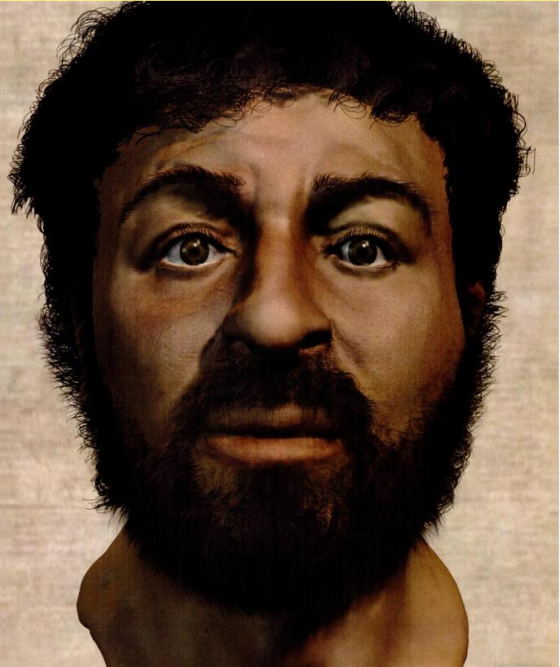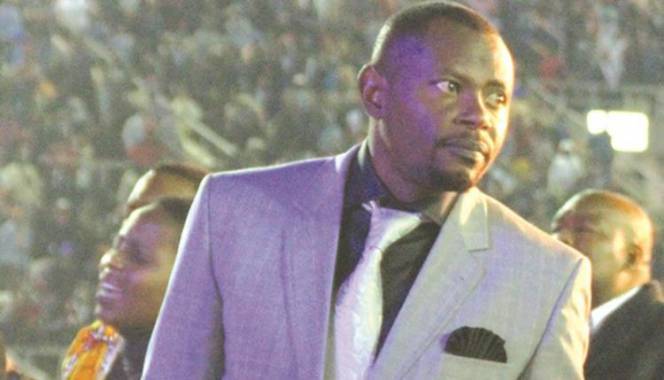
The Sunday Mail

THE English name “Jesus Christ” (Hellenic “Iesous Christos”) is a false one by Greek intellectual and cultural capital and Roman political power. The actual and true name is Yahoshua the Nazarene.
Misjudged death
In many times, people may be mistaken in pronouncing death in certain cases. Taking the gospel accounts literally means there is an entire absence of any criteria distinguishing actual and assumed death. The appearance of Yahoshua after a feigned death provides other good material for unreliable descriptions in all the gospels.
Yahoshua was hurriedly taken into a grave within three to six hours after his crucifixion. Joseph and Nicodemus were the only material witnesses since they were the last people to have the body in their possession. There are no available accounts by them.
Even if he was alive when he was buried, he could not have suffocated because the sepulchre was a rock-hewn chamber of considerable size. Its entrance was closed by a circular slab of stone that rolled in front of the opening. This was not likely to seal the chamber.
The women had misjudged that Yahoshua was dead and they later went to the tomb to anoint his body. In John, the women were told by Yahoshua not to touch him since his wounds were still fresh and he would be hurt (20:17). This may be the truth!
Tomb visit
In the Gospel of Matthew, some women came to Yahoshua’s tomb “as it began to dawn toward the first day of the week” (Matthew 28:1), the Gospel of Mark says “they came to the tomb when the sun had risen” (Mark 16:2), and the Gospel of Luke says it was “at early dawn that they came to the tomb” (Luke 24:1).
“But in John it clearly states that it was not yet dawn when the body of (Yahoshua) disappeared from the tomb: “On the first day of the week Mary Magdalene came early to the tomb, while it was still dark, and saw the stone already taken away from the tomb” (John 20:1).
Thus, John says that (Yahoshua), having risen before the dawn of Sunday morning, was buried for only two days and two nights, that is one full day (Saturday), part of another (Friday), and two nights (Friday and Saturday nights).
This contradicts the assertion that in fulfilment of prophecy (Yahoshua), was buried three days and three nights. The (Greek Scriptures) evidence simply does not add up to three days, that is, daylight hours and three nights, as specifically promised by (Yahoshua). Therefore (Yahoshua) did not fulfil his very own prediction.” — Gerald Sigal, “Three Days in Tomb.”
Mark says Mary (not the mother of Yahoshua) and Salome discovered the tomb. Matthew says it was Mary and Mary Magdalene. Luke says it was Mary Magdalene, Jo Anna, Mary the mother of James (the author is trying to hide the fact she is the same as the mother of Yahoshua), and “another woman.”
John says Mary Magdalene went alone and she speaks in plural as an indication that she was being accompanied. In Matthew, an angel informs the women that they would see Yahoshua in Galilee. However, few moments later, Yahoshua joins them besides the tomb.
Occurrences by the tomb
In regards to what took place at the tomb, Mark said the two women found a young man outside sitting. Luke says there were two men standing inside. Although they disagree on the number, Matthew and John says it was not men, but angels.
Luke just refers to three appearances while John places two appearances in Jerusalem and the third in Galilee. In 1 Corinthians 15:5-8, Saul/Paul mentions Yahoshua’s appearance was to more than 500 people at once, James, all apostles and to himself.
Resuscitation
Resurrected bodies are spiritualised and do not feel the pain of a natural body. This means Yahoshua was alive and therefore did not resurrect! The alleged death and resurrection of Yahoshua was an allegory of something more profound about life.
Like many human beings before him, Yahoshua died naturally. His whereabouts after he bade farewell are not certain but it is certain that he went somewhere and died there. He was like any person who was to die after the lapse of the usual span of human life.
Where he died his disciples did not know and so they described his departure as an ascension into ‘heaven.’ They could not tell the truth that Yahoshua escaped death for fear of cruel persecution. He remained ‘dead to the world’ so that his enemies could not search for him.
The end of Yahoshua’s remains is surrounded with mystery, just like “No person knows the sepulchre of Moses until this day” (Deuteronomy 34:6).
Next week, we go deeper as we attempt to uncover the astronomical and sublime truths about this supposed resurrection.
References:
1) Gerald Sigal, “Three Days in Tomb”
2) Albert Barnes, “Notes on the Bible” (1834),
3) Additional Bible commentaries are on www.sacred-texts.com/bib/cmt/index.htm
For feedback, email [email protected] or tweet @shingaiRndoro. A gallery of previous articles is found at www.sundaymail.co.zw/author/shingairukwata



